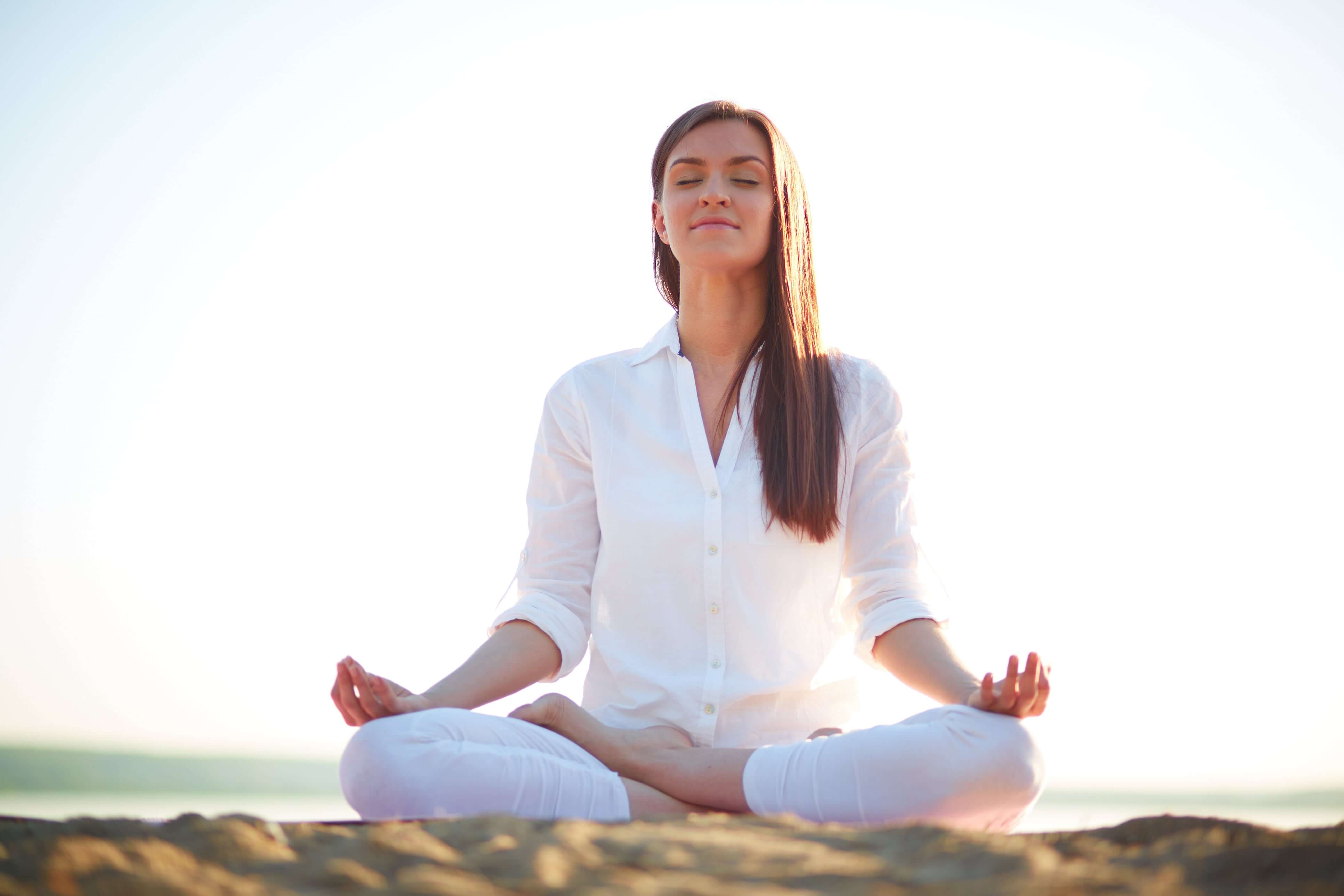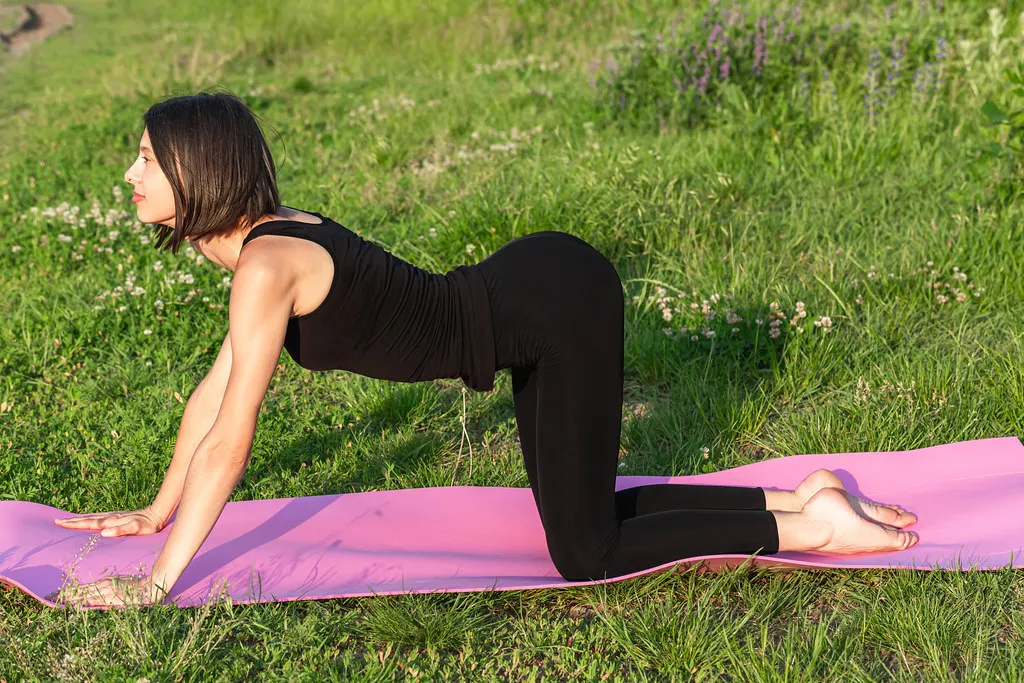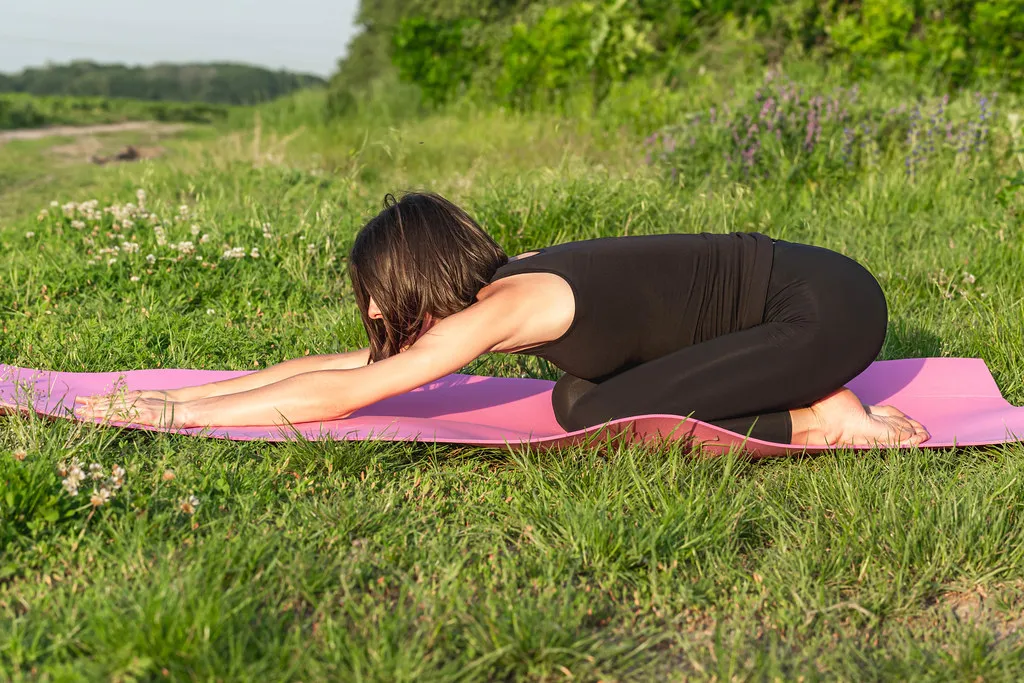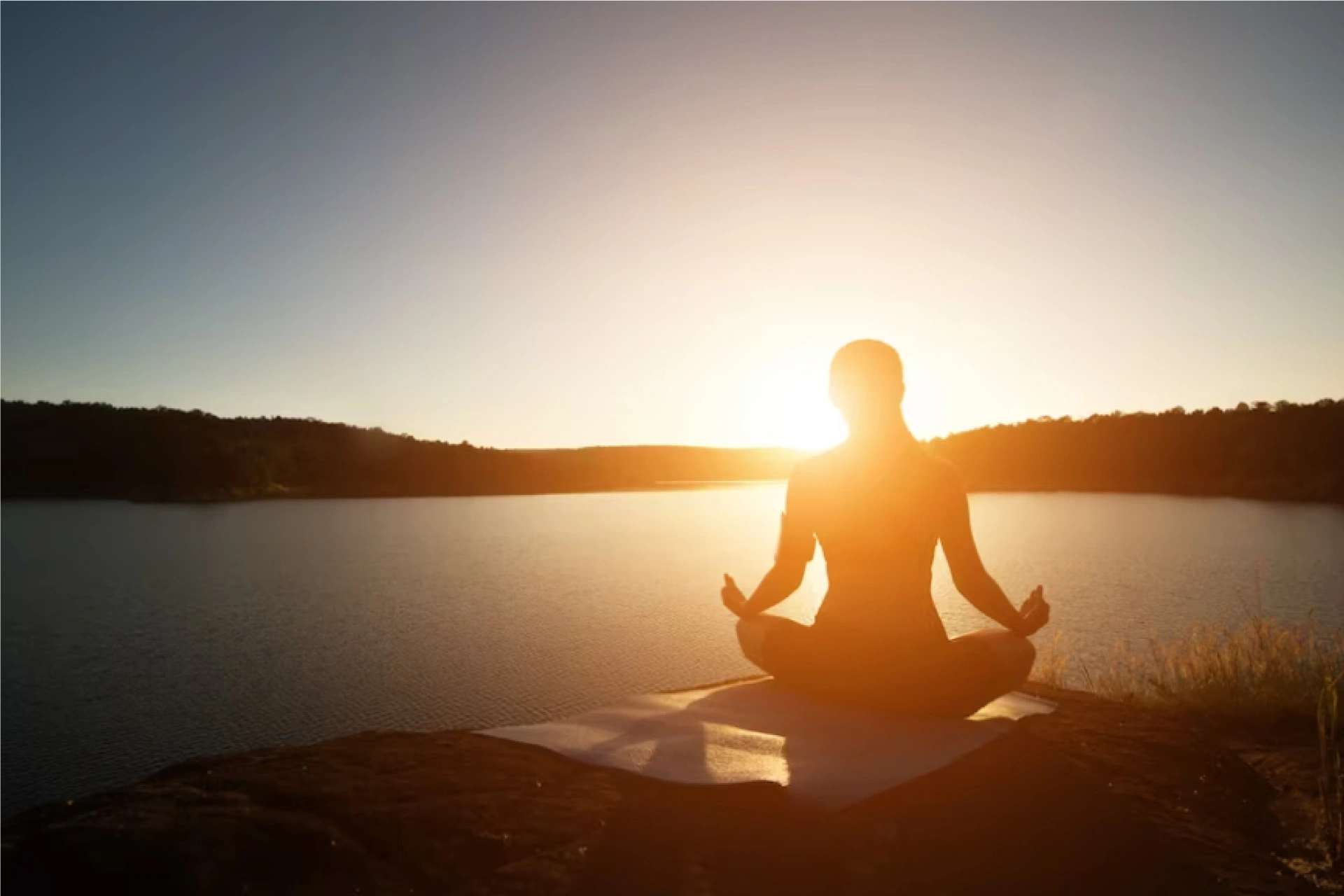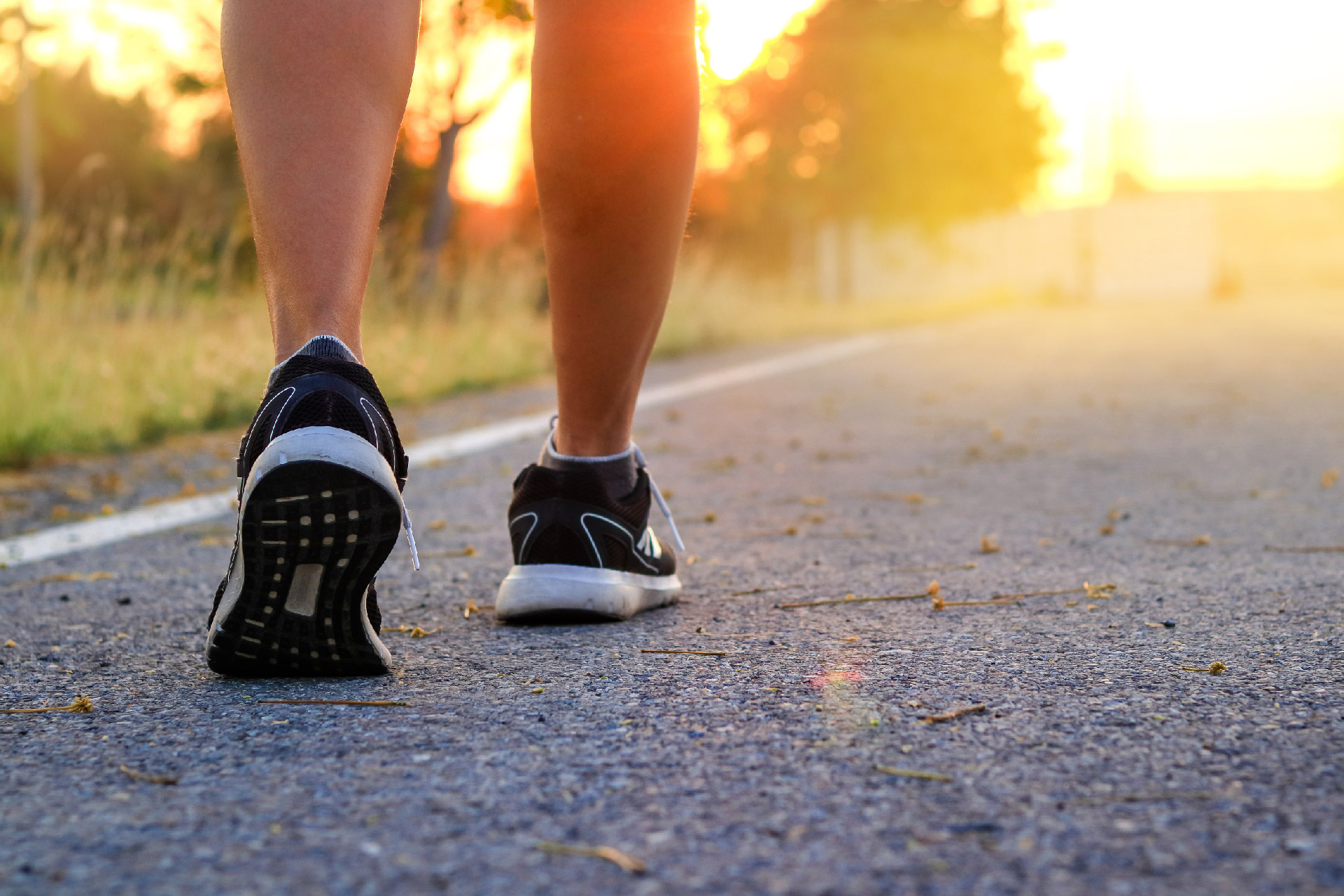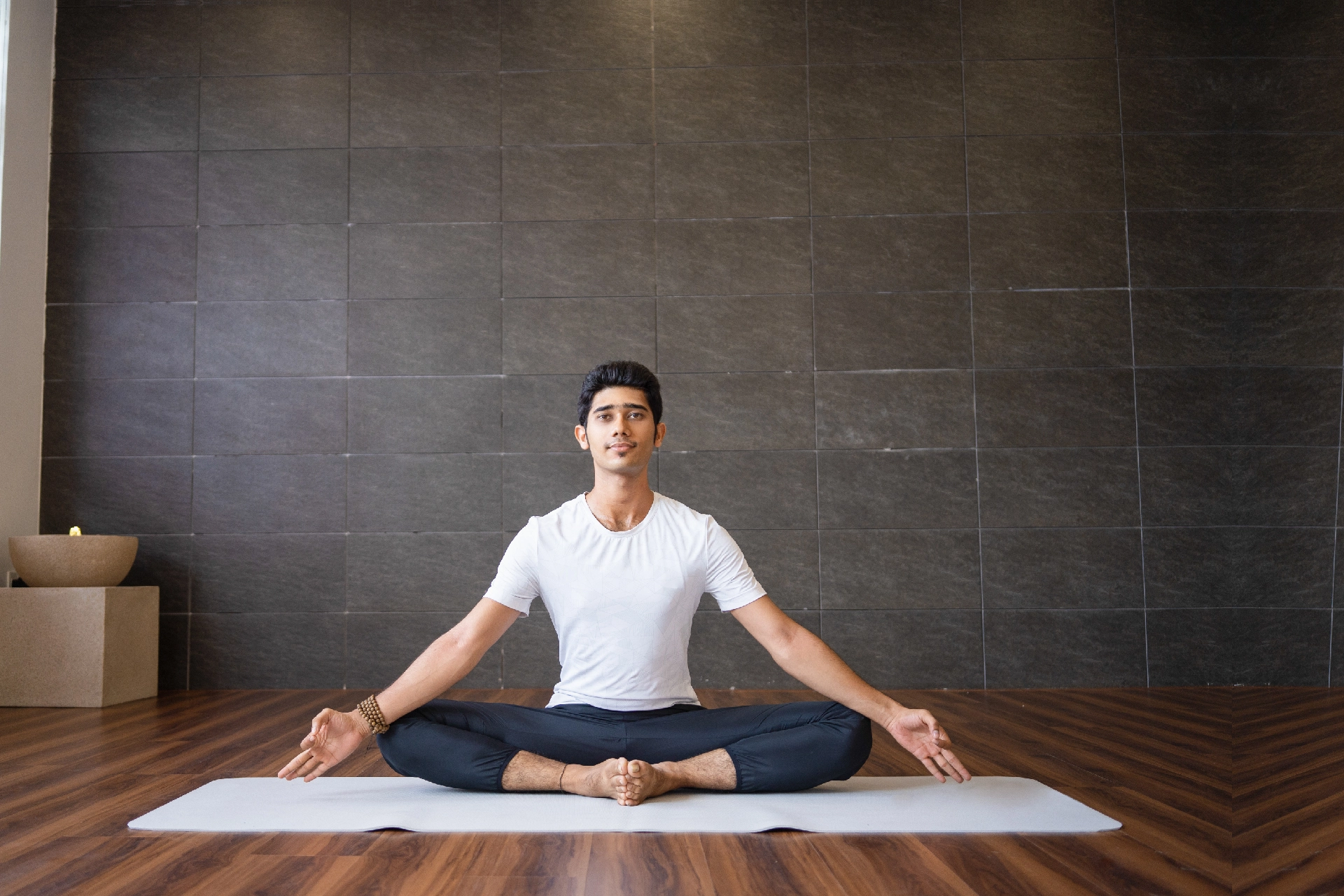General Physician | 6 min read
International Yoga Day: Here's Your Ultimate Yoga Guide
Medically reviewed by
Table of Content
Key Takeaways
- International Yoga Day is celebrated on 21 June across the world
- Yoga Divas celebrates the power of yoga to heal one’s mind, body and soul
- The theme for World Yoga Day 2021 is Be with Yoga, Be at Home
Also referred to as World Yoga Day or Yog Divas, International Yoga Day is celebrated on 21 June each year. It is observed to recognise the invaluable significance of yoga, a form of exercise that improves mental and physical health. The 1st International Yoga Day was celebrated in 2015, after PM Modi proposed it in 2014 at the UN General Assembly. Since then, on 21 June Yoga Day or Yoga Divas is celebrated globally.
Why is International Yoga Day celebrated?
You now know that the first International Yoga Day was observed in 2015, but do you know why this occasion is important or why is Yoga Day celebrated on 21 June?
Yoga is part of India’s cultural heritage. It is believed to have originated in the 5th century, but is relevant even today because of the immense benefits that it offers to your mind and body. Apart from improving flexibility, aiding in weight loss and improving the function of specific organs, practising yoga regularly can help lower anxiety and stress, and even help those suffering from depression. It is to spread awareness about these powerful benefits that International Yoga Day is celebrated. However, not many people know that Yoga Diwas is observed on 21 June specifically because it is summer solstice—the longest day of the year!
Each year’s Yoga Day celebration follows a theme. Last year’s theme was ‘Yoga at Home and Yoga with Family’, and International Yoga Day 2021 has a similar theme: ‘Be with Yoga, Be at Home’.
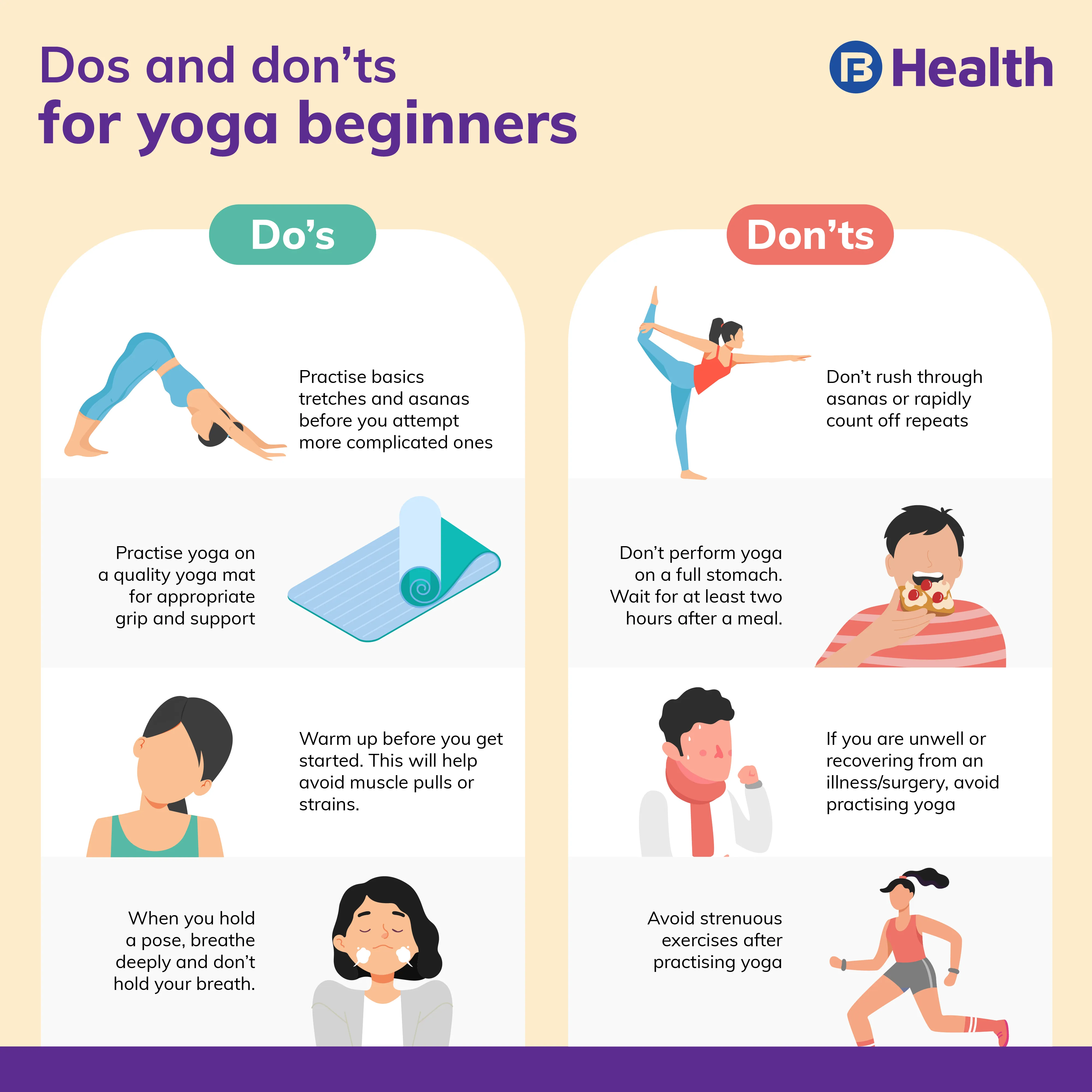
Dos and don’ts for yoga beginners
Now that you know all about National Yoga Day and its significance, here are some basic dos and don’ts to keep in mind if you’re enthused to take up yoga.
Dos:
- Start slowly. Practise basic stretches and asanas before you attempt more complicated ones. As is the case with any new form of exercise, it’s best to take your time to master the basics.
- As a beginner, practise yoga on a quality yoga mat. This will give you the appropriate grip and support so you can focus entirely on your form and breathing.
- Warm up before you get started. This will help avoid muscle pulls or strains.
- When you hold a pose, breathe deeply and don’t hold your breath. This helps your muscles relax and open up.
Don’ts:
- Don’t rush through asanas or rapidly count off repeats! Perform yoga slowly and mindfully, while breathing deeply and consistently.
- Don’t perform yoga on a full stomach. Wait for at least two hours after a meal.
- If you are unwell or recovering from an illness/surgery, avoid practising yoga. Only do so once you are completely well or do restorative poses under guidance.
- Avoid strenuous exercises after practising yoga.
Yoga asanas for beginners
To begin your journey on World Yoga Day 2021, perform these basic asanas.
Tadasana
Also known as mountain pose, this asana is extremely basic. However, mastering it is key, as this asana is often the foundation for others that are performed standing upright.
- Stand on your mat with your feet slightly apart, toes pointing forwards and arms by your side.
- Ensure that your little toes, big toes and heels are pressing into the mat and bearing your weight equally. This will engage your leg muscles.
- Inhale deeply while rolling your shoulders up, back and eventually lowering them. This will elongate your neck and straighten your back.
- Do these shoulder rolls a few times, all while engaging your leg muscles.
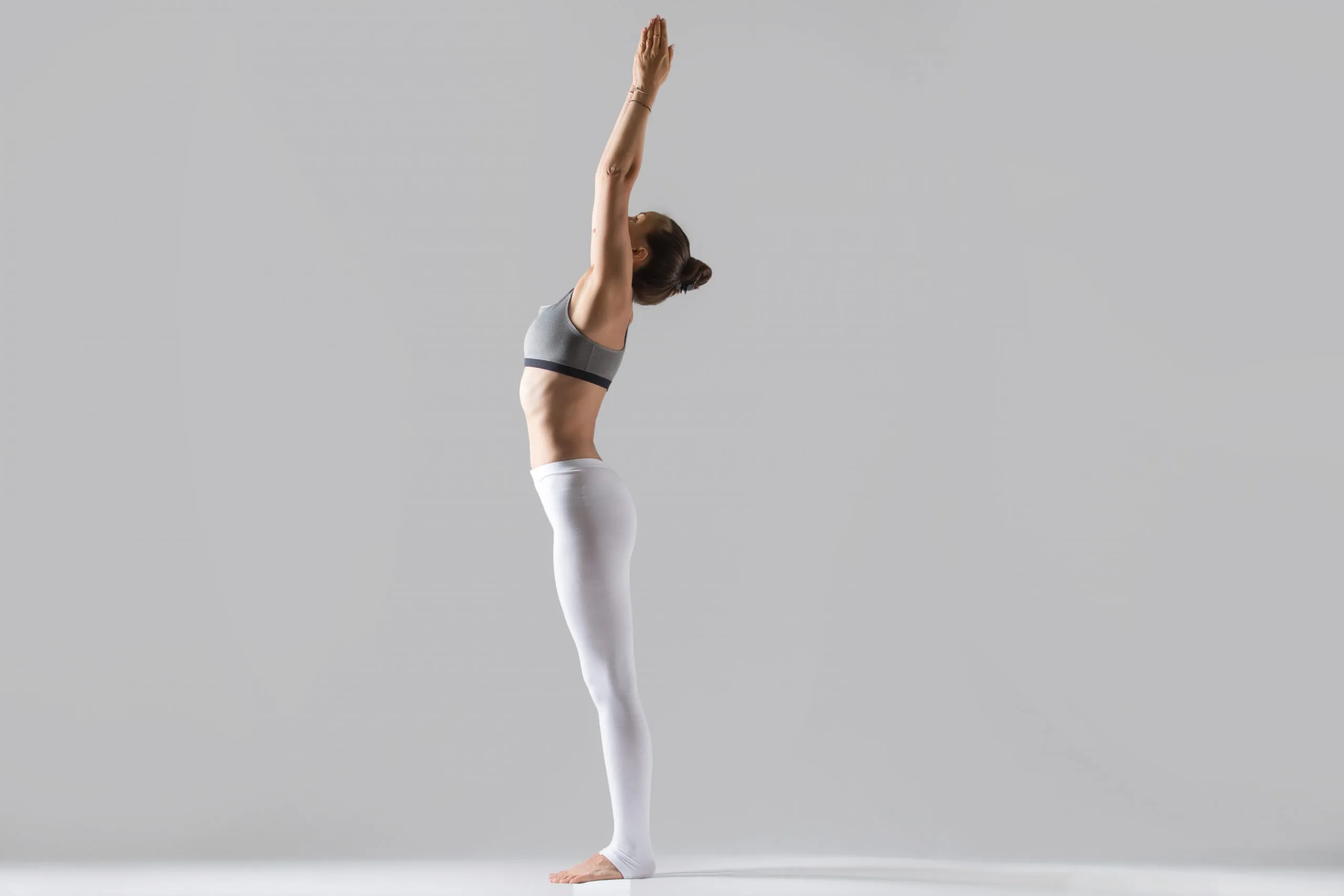
Marjariasana
Also known as cat pose, this asana targets the spine and abdomen. Often performed in conjunction with cow pose, cat pose is a great way to warm up.
- Get on to your mat on your hands and knees such that your knees are directly below your hips and palms are under your shoulders. Distribute your weight evenly across all fours.
- Exhale and round your spine towards the ceiling, while keeping your shoulders and knees still. As you round your spine, lower your head towards your chest.
- Inhale and come back to the starting position.
Balasana
Also known as child’s pose, this asana is a great way to take a break in between your practice. Perform it after complicated asanas when you need a moment to reset.
- Start by kneeling on the floor. Then slowly lean back and sit on your heels, such that your shins are flat on the mat and your toes touch each other.
- Next, move your knees apart, roughly as wide as your hips.
- Lower your torso towards the floor as you exhale, utilising the gap between your knees.
- Ensure that your arms are in front of you. Use them to inch forward and eventually rest your forehead on to the mat, with your palms and forearms resting on the mat as well. If your head doesn’t touch the floor, rest it on a yoga block or even a cushion.
- Take a few deep breaths in this position. Then, bring your palms underneath your shoulder and raise your torso, bringing it back to the starting position.
Setu bandha sarvangasana
Also known as bridge pose, this asana is not only relaxing, but also stimulates abdominal organs, alleviates stress and helps with conditions such as osteoporosis and asthma.
- Lie down on your back with your hands by your side, your knees bent, and feet a few inches apart from each other.
- Exhale and lift your body such that your buttocks and back are off the floor, and your body weight is borne by your feet, shoulders and neck. Make sure that your thighs and feet are parallel to each other.
- Position your hands inwards, under your hips and lace your fingers. Hold the pose for about 20 seconds, engaging your abdomen, back and glutes.
- Release the pose by exhaling as you bring your hands to your side. Lower your buttocks, back and spine on to the mat.
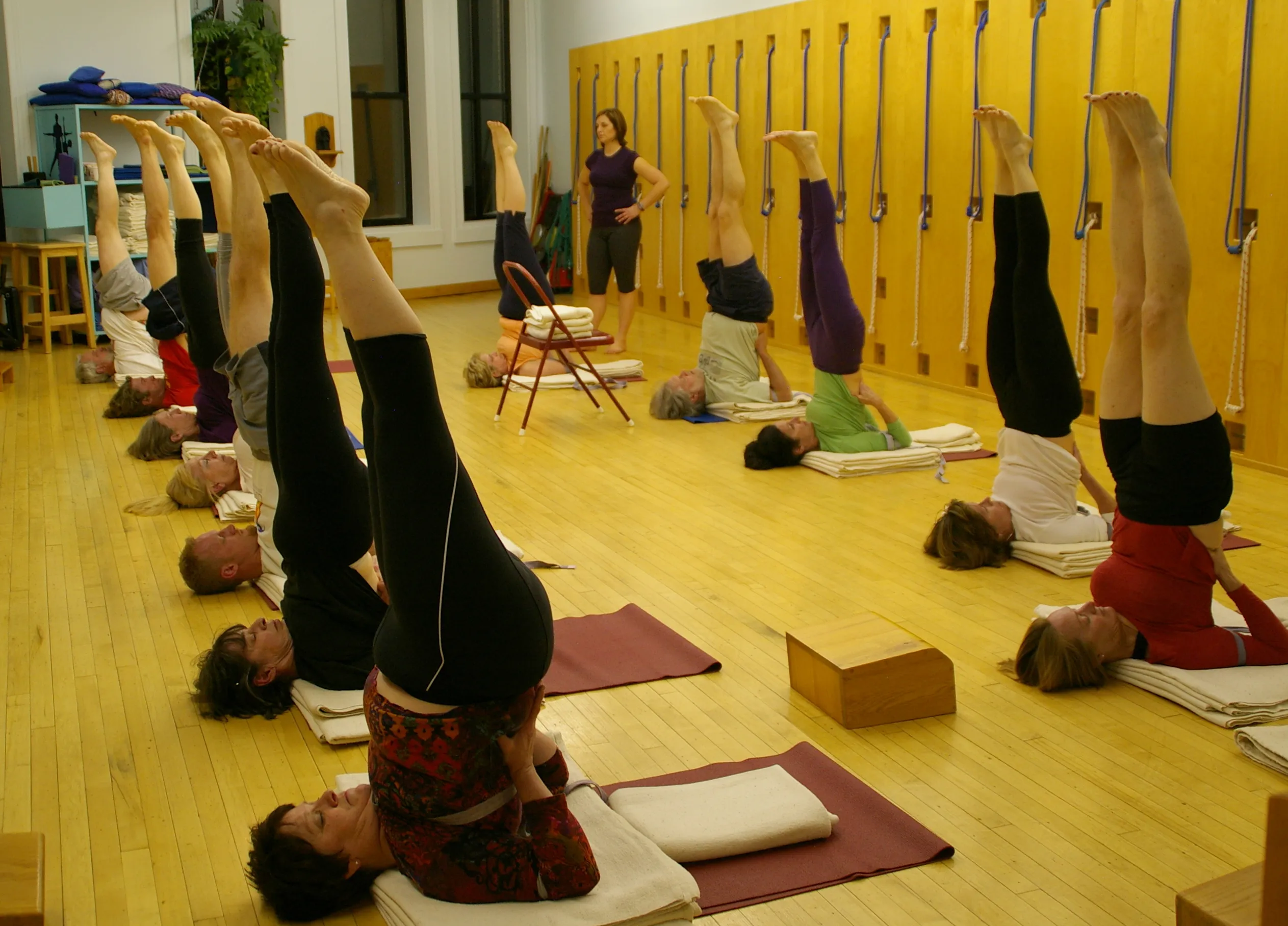
While yoga has many benefits, remember that it should always be considered as a supplementary treatment, and that it can’t replace a doctor’s treatment. If you’re suffering from a specific medical condition, consult with a specialist regularly in addition to performing yoga. You can find the best doctor for your needs on Bajaj Finserv Health.
It allows you to book an appointment or a video consult with the city’s most-renowned doctors in mere minutes. In seconds you will be able to view a list of doctors along with their credentials, experience, fees, visiting hours and more.
References
- https://www.ncbi.nlm.nih.gov/pmc/articles/PMC5116432/
- https://www.ncbi.nlm.nih.gov/pmc/articles/PMC5433116/
Disclaimer
Please note that this article is solely meant for informational purposes and Bajaj Finserv Health Limited (“BFHL”) does not shoulder any responsibility of the views/advice/information expressed/given by the writer/reviewer/originator. This article should not be considered as a substitute for any medical advice, diagnosis or treatment. Always consult with your trusted physician/qualified healthcare professional to evaluate your medical condition. The above article has been reviewed by a qualified doctor and BFHL is not responsible for any damages for any information or services provided by any third party.
